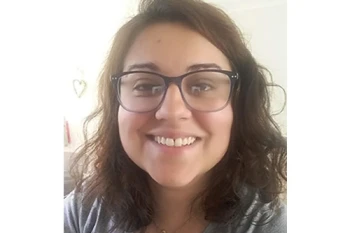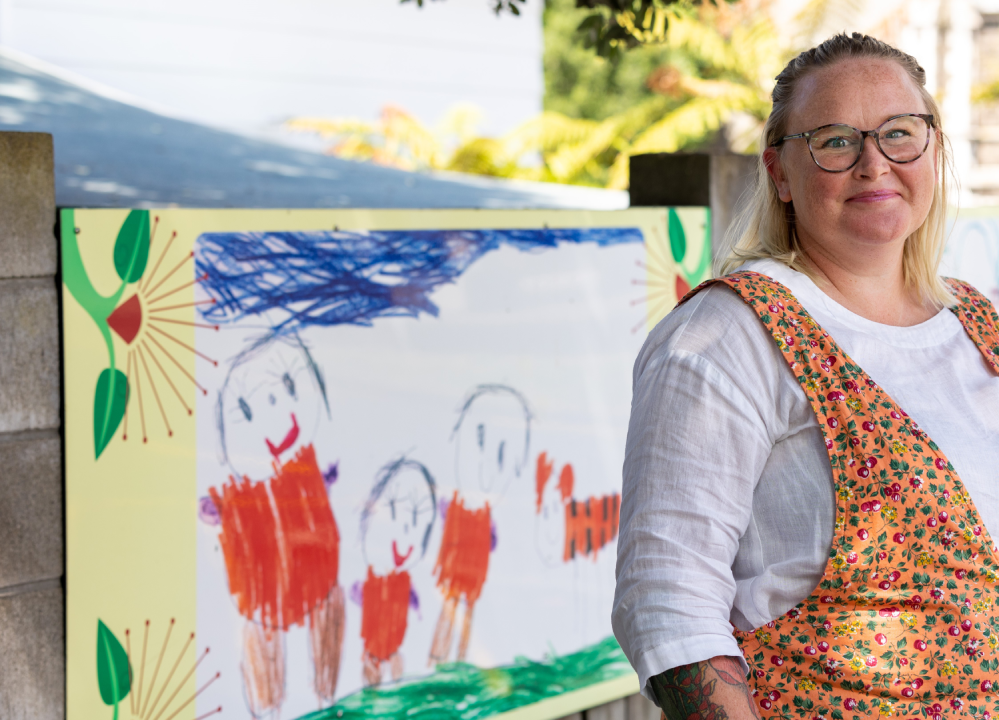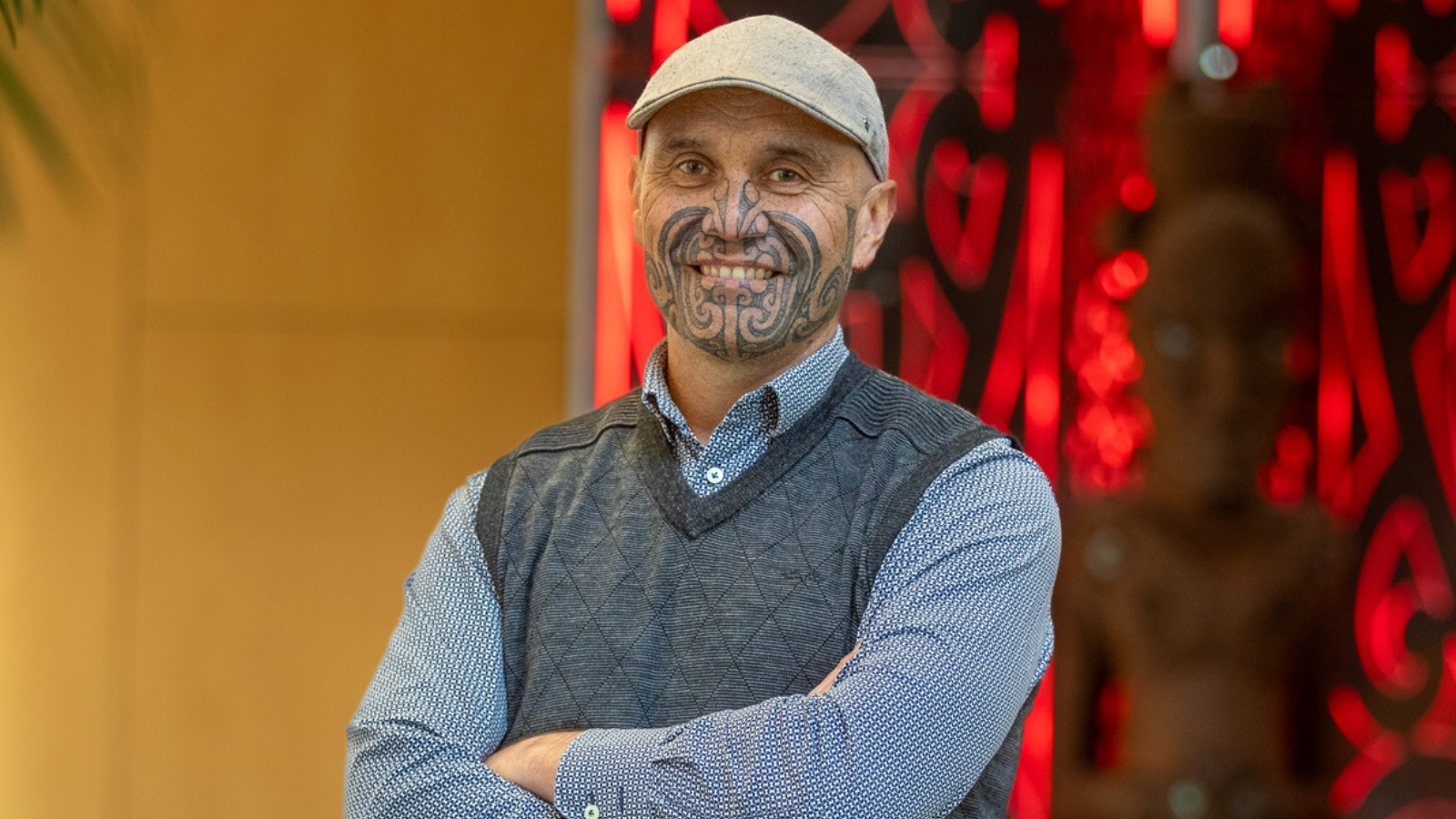
Understanding how Te Tiriti o Waitangi relates to her as a Brazilian national is one of the biggest learnings Annelore Spieker has taken from her time studying the paper.
Increasing demand for more knowledge of how to incorporate te ao Māori into tertiary teaching will see Te Puna Ako (CeTTL) increase its offering of the Integrating Kaupapa Māori paper for 2023 and add more informal workshops.
Te Puna Ako eLearning Designer Stephen Bright says enrolments in TERTL501, Integrating Kaupapa Māori across Programmes, have been the highest they have experienced since the paper was introduced in 2018.
Alongside the paper, Te Puna Ako also ran a series of informal 40-minute Zoom workshops throughout Trimester B, covering topics including pepeha for Pākehā, The Māori context of the University of Waikato and Mātauranga Māori.
“I think more and more people want to engage with this work and there is a real appetite for this information. I’ve been impressed by the motivation of people taking the paper and attending the workshops and we want to continue to ignite that,” says Stephen.
The workshops attracted upwards of 27 people to each session and the paper has 19 people enrolled in 2022, a significant increase from five when the paper was first launched in 2018, says Stephen. The paper and workshops will be offered again in Trimester B in 2023.
The goals of Te Aurei, the University’s post Taskforce mahi, include that Te Tiriti o Waitangi is at the heart of life and work at the University and that mātauranga Māori is treasured.
“As we begin to integrate mātauranga Māori into things like our teaching excellence awards and the ASP process, this paper and the workshops we have been running help immensely in that process,” says Stephen.
Understanding how Te Tiriti o Waitangi relates to her as a Brazilian national and how that can be reflected in her teaching is one of the biggest learnings Annelore Spieker has taken from her time studying the paper.
Annelore, who is a teaching fellow within International Languages and Cultures and a PhD student, says she was prompted to take the paper through her research with tamariki, looking at how children perceive ethnicities and different cultural backgrounds.
Originally from Brazil, Annelore says she could always respect and understand the Treaty, but she thought it was not something specifically for her because she is not from New Zealand.
“I have learned the Treaty belongs to everyone who has Aotearoa as their home and for me that has been a real turning point,” says Annelore.
“Another big takeaway for me is the te ao Māori worldview which I describe as incorporating a more holistic view to education, encompassing the whole person,” says Annelore.
“I would recommend the kaupapa Māori paper for all lecturers. I have found a safe and welcoming environment to learn,” says Annelore.
The paper is taught in a hybrid learning environment with both online and in person tutorials providing a flexible learning environment for staff.
Stephen says the paper includes discussion on how to be a good ally to Māori. Relationships with Te Tiriti and looking at how that can be applied in teaching practice. It also includes an oral presentation and a panel discussion, an ePortfolio journal reflecting on learnings from the paper and online activities and questionnaires.
Te Puna Ako Director, Dr Nicole Pepperell, says similar workshops to those run in 2022 will be repeated in Trimester B in 2023 and the paper will also be available again. She encouraged staff to take part.
“We know taking a full paper can be a big commitment for people, so the workshops have been particularly good for getting staff together who want to integrate kaupapa Māori into their teaching. It gives them a starting place without having to do the full paper as their first option,” says Nicole.
Te Puna Ako also has Learning Designers available to work with staff on any aspect of teaching practice, says Nicole.
“Integrating kaupapa Māori and mātauranga Māori into the curriculum is a substantial undertaking and will take time. Our Learning Designers can work alongside staff to think about what it would mean for their space and to help with their workload in achieving that,” says Nicole.





